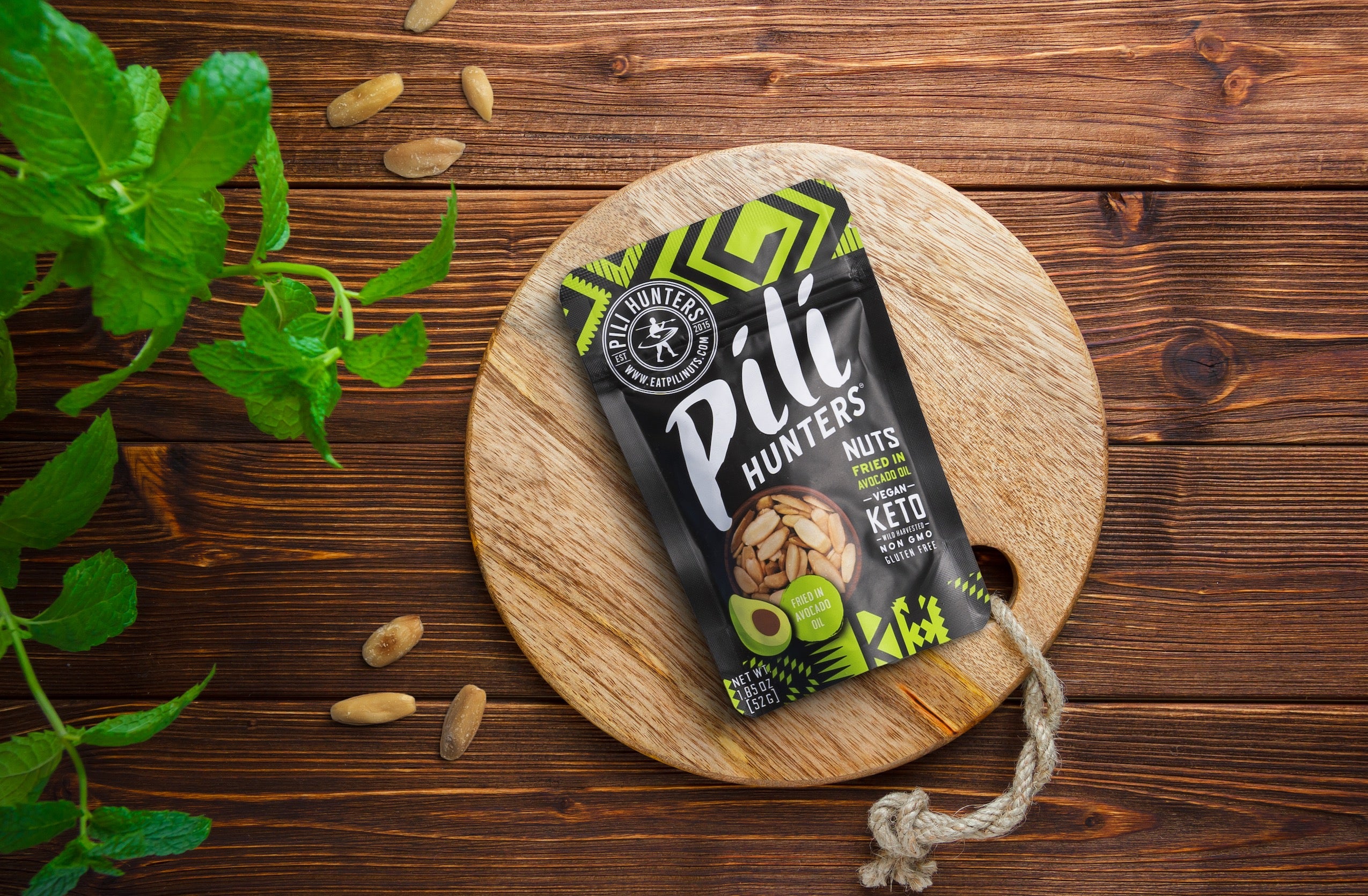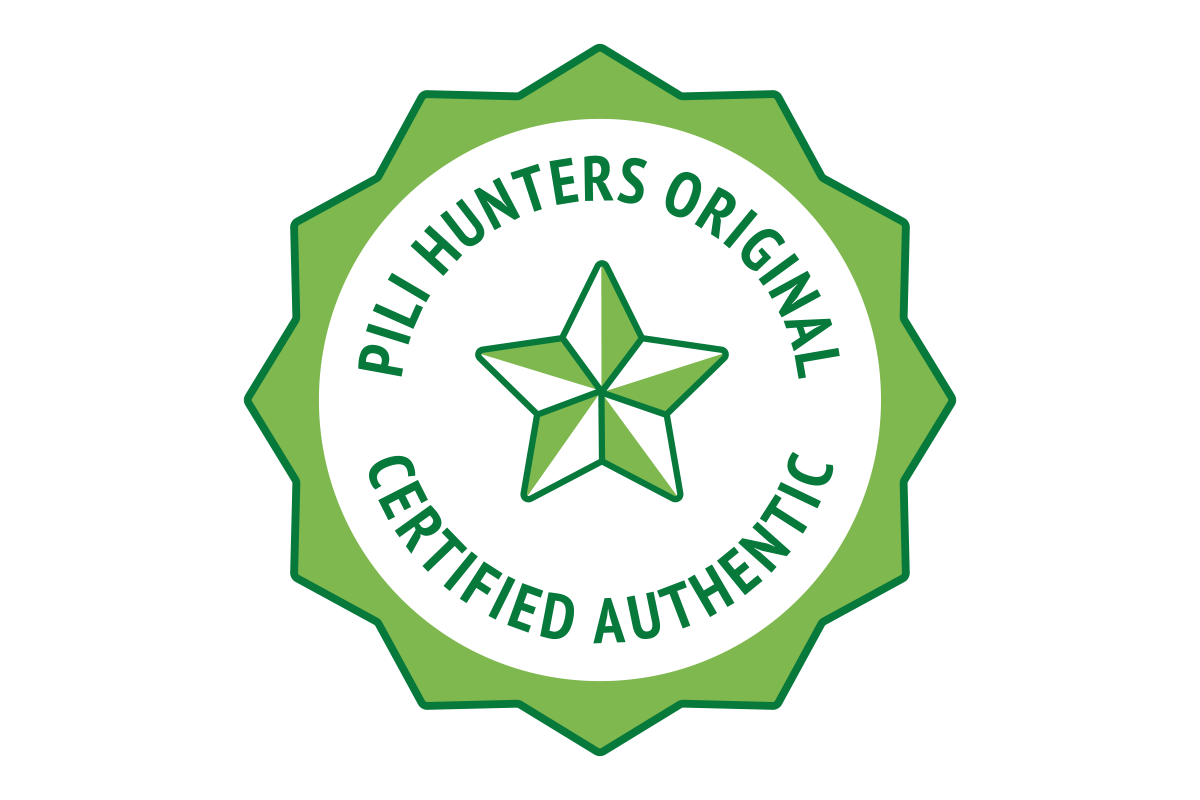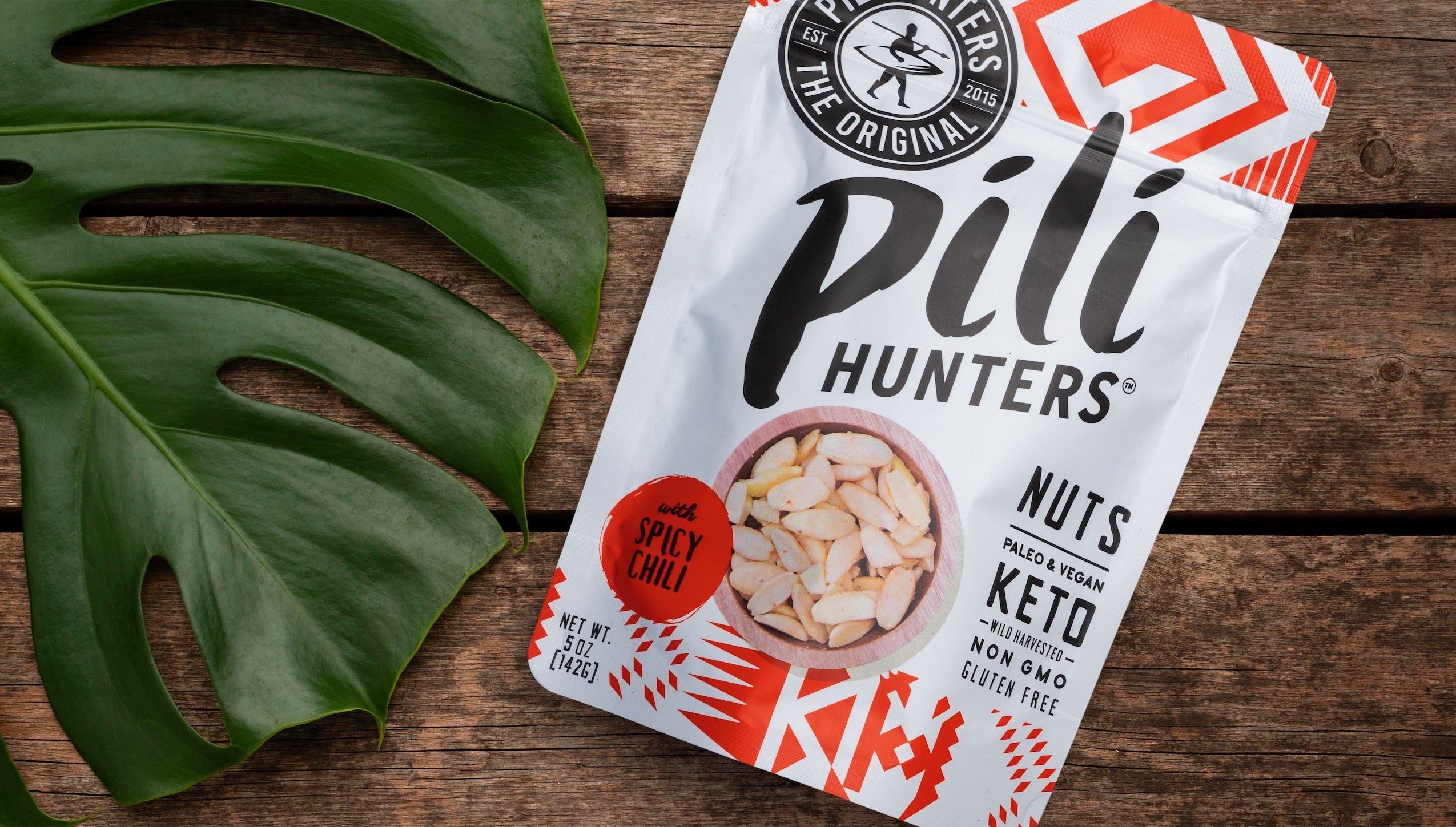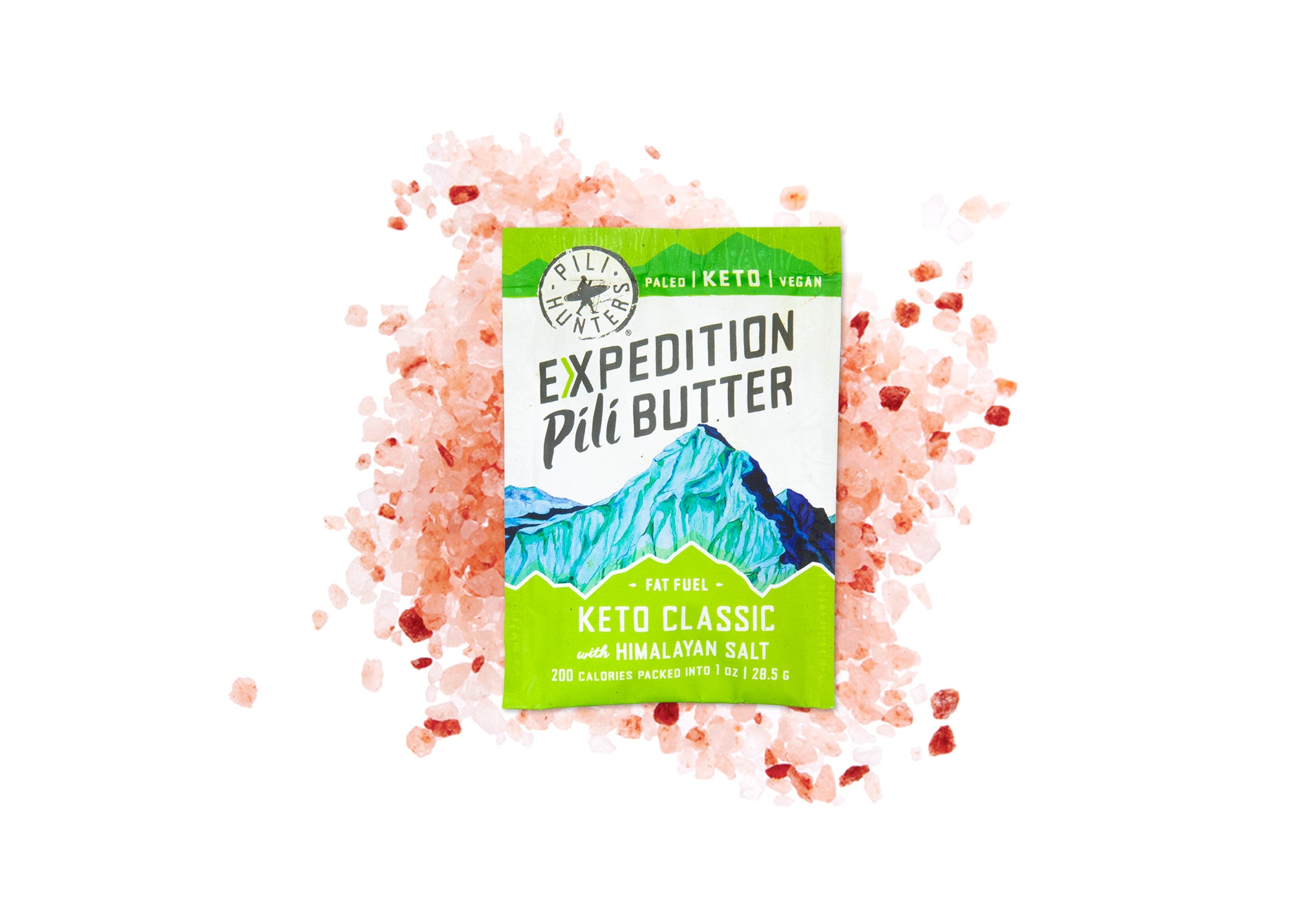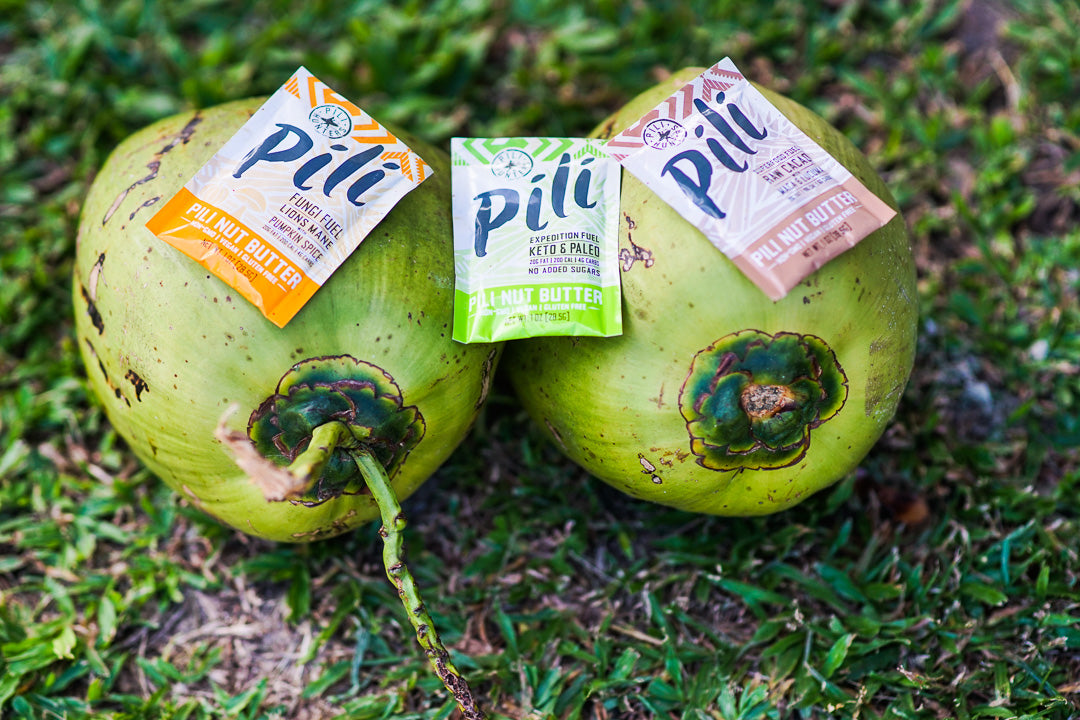Your meal plan has a single objective: provide your body with every last nutrient it needs to stay healthy and contribute to your longevity and well being. There are many paths to that end that go by various names depending on the diet de jour and that road can look drastically different for many, but something many healthy diet trends have in common are nuts and seeds. Whether vegan, keto, paleo, whole30, whole foods/planted based, gluten free, or, well, take your pick, nuts and seeds get the green light for most people's plates. First, though, let's define the differences between nuts, seeds, and legumes and tackle a few misnomers running around out there, then we'll move on to some practical tips you can use to help your daily nut choices.
A classic tree nut is a seed surrounded by a fruit and encased in a hard shell. Examples of true tree nuts are acorns and hazelnuts. Drupes are a category of fruits (in the most technical, botanical sense) where the fruit portion of the plant is on the outside. Classic examples are peaches and plums where the flesh of the fruit is consumed and the kernel is discarded. Pili nuts, walnuts, almonds, pecans, and even coffee beans are all technically drupes and not nuts (or beans), since the fruit portion is on the outside, not the hard outer shell. In the practical, culinary sense, I'd still consider a certain subset of drupes as "nuts" in common parlance.
Cashews, while grown on trees, are not technically considered tree nuts; they grow connected to the outside of the fruit (pictured below) called the "cashew apple," not in a hard outer shell.

Peanuts and other legumes are grown in pods and tend to have a higher carb content. A seed is any part of the plant that can be planted and grown into another plant. So, all nuts and drupes contain seeds, but not all seeds are nuts. For example, sunflower seeds are not nuts because their outer shell is not as hard and opens naturally, but a pili nut has a hard outer shell that does not open naturally and has to be opened by hand with a machete.

Below are a few tips on how to incorporate nuts into your routine and tips on certain nuts to limit or avoid altogether.
- Don't over eat. Aside from nuts hosting a wealth of minerals, especially when they've been sprouted to make them more bioavailable, their dense nutrition comes with dense calories. Remember, these nuts and seeds exist to kick start the growth of a large plant so nutrient density is essential. They also have natural defense mechanisms that must be broken down via sprouting before the human body can take full advantage of all of the nutrients. Too much intake of these defense mechanisms, specifically phytic acid, can block uptake of other vitamins and minerals, so be wary of the amount you consume.
-
Eating with recipes can be a better strategy than eating the nuts by themselves. We love nuts because of their portability, crunchiness and saltiness. Chip companies have taken advantage of our love of all things crunch and salty and engineered a snack food that we crave, resulting in a product that's far removed from the farm (or, often, good health). To stretch out that satisfying crunch, using nuts in recipes is a great choice to keep yourself from overeating. Add crushed pecans to top a thai chicken warm salad, use Expedition Pili Butter on top of celery sticks for a filling, healthy snack, or use some natural peanut butter and play around with an Asian-inspired sauce to extend that buttery goodness through every bite of your dinner instead of feeling bad about that 4th or 5th spoonful of nut butter straight from the jar. (We've all been there).
- When using smaller seeds, grind them first to maximize your nutrient absorption. Flax seeds are a great example of this. While the logo might tout all the amazing omega 3 fatty acids, most, if not all of those nutrients will pass straight through your system if the seed hull is not broken down first, and our digestive systems are not good and breaking those down on their own. You can buy milled flax seeds (or grind them at home with a blender fitted with flat blades), consume sesame seeds in the form of tahini paste, or soak chia seeds for 12 hours to create a chia slurry to use in smoothies.
- Choose the right nut. While nuts are a great source of a range of nutrients, certain types of nuts have compounds in them that can negatively impact hormone levels. For example, almonds and walnuts have been shown to increase levels of SHBG (sex hormone binding globulin), which bind to sex hormones rendering them inactive, by 10-20%. The fat profile of nuts has a significant impact on your body's testosterone levels, too. Check out this video for more information. Essentially, the more polyunsaturated fatty acids (PUFAs) a nut has, the more oxidative stress it can cause to storage tissues, leading to lowered testosterone. Nuts high in PUFAs include almonds, walnuts and peanuts. Nuts containing greater amounts of testosterone boosting monounsaturated fat include macadamia nuts, pili nuts, brazil nuts and horse chestnuts.
- When snacking with nuts, avoid insulin spikes. One of the reasons eating healthy fats satisfies our hunger is because fat does not stimulate insulin production (see graph below). When there is too much insulin in the blood stream, it prevents the "feeling full" effect of the hormone leptin to do its work. Bear in mind, both of these hormones work in concert with each other to stimulate hungry or satiety, but when you eat carby snack foods that surge insulin, this balance is thrown off, making it more difficult for you to feel full. In order to get the maximum amount of satiety from a small amount of nuts, do not eat them with sugary or starchy foods.


